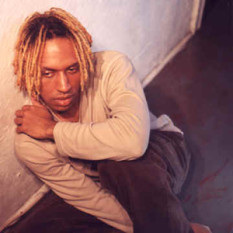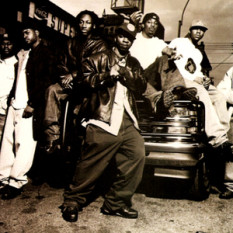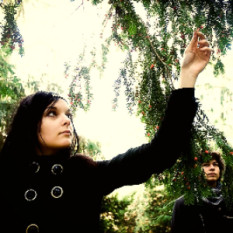The Bronx's evolution from a hot bed of Latin jazz to an incubator of hip hop was the subject of an award-winning documentary, produced by City Lore and broadcast on PBS in 2006, "From Mambo to Hip Hop: A South Bronx Tale". Hip Hop first emerged in the South Bronx in the early 1970s. The New York Times has identified 1520 Sedgwick Avenue, "an otherwise unremarkable high-rise just north of the Cross Bronx Expressway and hard along the Major Deegan Expressway", as a starting point, where DJ Kool Herc presided over parties in the community room. While it was not the actual "Birthplace of Hip Hop" – the genre developed slowly in several places in the 1970s – it was verified to be the place where one of the pivotal and formative events occurred.
Beginning with the advent of beat match DJ'ing, in which Bronx DJs (Disc Jockeys) including Grandmaster Flash, Afrika Bambaataa and DJ Kool Herc extended the breaks of funk records, a major new musical genre emerged that sought to isolate the percussion breaks of hit funk, disco and soul songs. As hip hop's popularity grew, performers began speaking ("rapping") in sync with the beats, and became known as MCs or emcees. The Herculoids, made up of Herc, Coke La Rock, and DJ Clark Kent, were the earliest to gain major fame. The Bronx is referred to in hip-hop slang as "The Boogie Down Bronx", or just "The Boogie Down". This was hip-hop pioneer KRS-One's inspiration for his thought provoking group BDP, or Boogie Down Productions, which included DJ Scott La Rock. Newer hip hop artists from the Bronx include Lord Toriq and Peter Gunz, Camp Lo, Swizz Beatz, Drag-On, Fat Joe, Terror Squad and Corey Gunz. .












